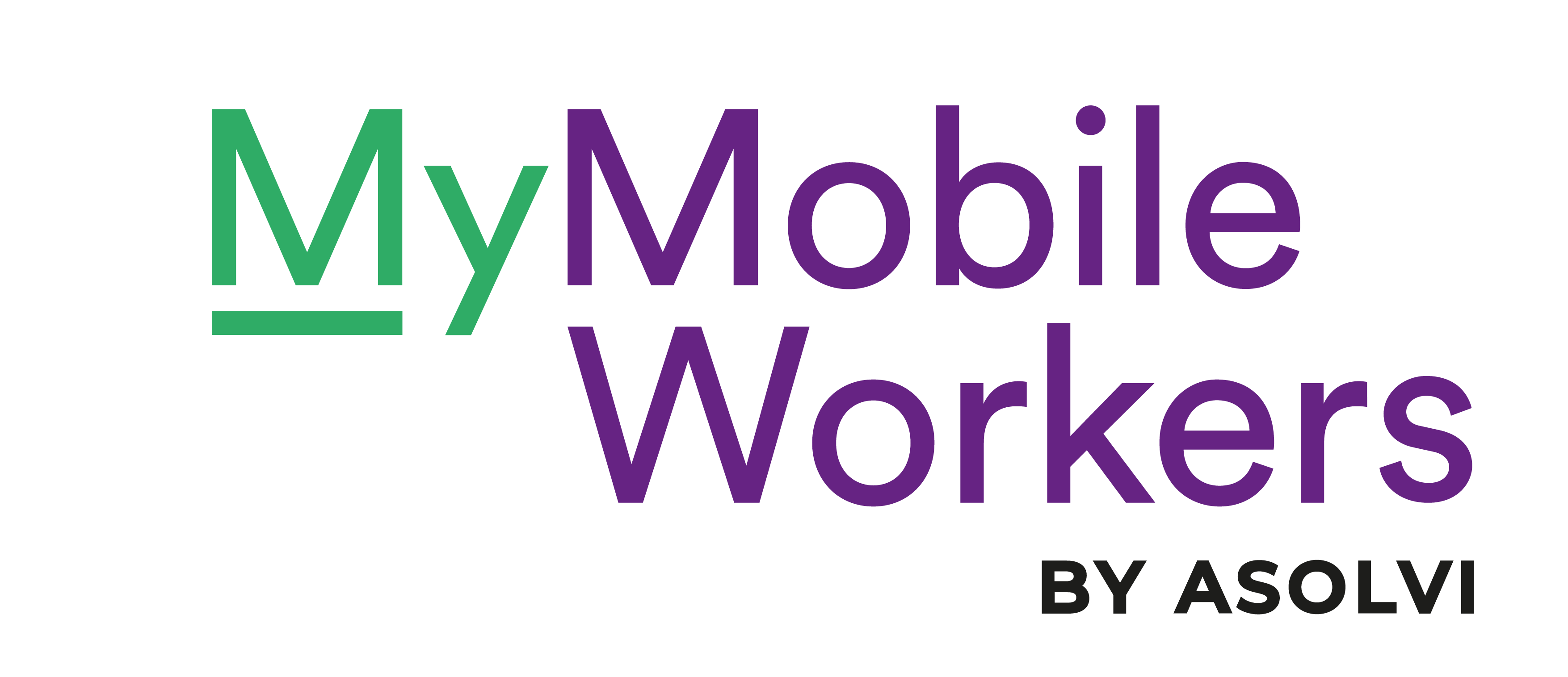With budgets being cut to the bone and ever growing demands on the road network - these are testing times for highway authorities.
For Highways England and the 150 local council authorities, keeping our roads running smoothly for the four million motorists who rely on them each day is a monumental task.
To continue to meet this challenge means moving with the times and harnessing all the benefits that are delivered by digitally connected ways of working.
This can be seen in the digital commitments of Highways England and the growing move towards paperless management and admin processes that’s happening across local council authorities.
But for these strategies to be effective, the public sector needs to be working with private sector partners that are ‘on the same page’ when it comes to technology. And that’s not always happening.
The ‘Driving Change’ report, commissioned earlier this year by MyMobileWorkers, found that more than a third (35%) of highway companies within the UK are currently using paper-based management methods.
For those highway service providers who have made the switch, the report demonstrates some of the benefits that are being delivered. You can download the full analysis here.
The advantages of working with digitally enabled teams include:
- Increased efficiency
- Greater collaboration
- Robust compliance
- Improved communications
- Future-proofed systems
Increased efficiency
The public sector has a duty to ensure that their procurement strategy delivers the best possible value for money. This involves looking at all aspects of a highway company but a crucial factor is always going to be speed and efficiency.
A mobile team that’s managed using real-time digital communications is able to operate faster and more effectively than a team that relies on a tradition approach - with information shared via paper forms and Excel spreadsheets.
The ‘Driving Change’ report found that average job completion times for digitally managed highways workers was 4.4 hours, compared to 6.7 hours for those who are handled using a traditional approach.
Greater collaboration
A major benefit of digital management is access to real-time information. Instead of reports and information have to be laboriously collated by hand, accurate data on operations is automatically collected and instantly accessible.
This changes the way that service providers are able to work with public sector clients, allowing for a much more collaborative and ‘joined up’ approach. It allows best practices to be shared and services to be continually honed and improved over time.
It also helps to build trust and remove some of the tension and stress that’s liable to build up when a client feels they are being kept in the dark about the progress of a task or project.
Robust compliance
A public sector commissioner needs to know that a provider’s performance doesn’t come at the cost of safety and compliance. This is one of the areas where digital management is transforming the way that road worker risks can be minimised.
The use of smartphones and handheld devices allows compliance checks and on-screen notifications to be delivered to mobile workers as part of their task workflow. It helps to ensure that correct protocols are being followed and triggers alerts when they’re not.
The potential benefits of a digital safety regime were shown by the ‘Driving Change’ findings. Two thirds (66%) of highway companies using digital management reported reduced accident rates. For companies using traditional methods, this was only 45 percent.
Improved communications
Whether it’s monitoring performance or making sure that all contract stipulations and deadlines are being met, a digital highways operation provides a reassuring level of information to a public sector client.
The ‘Driving Change’ research found that 46% of managers using digital systems said they consistently receive accurate information from their workers. For those who are still using traditional methods, this was zero.
GPS tracking, real-time monitoring and automated data collection allows every aspect of a highways operation to be shared with a client. It helps to remove those grey areas that can cause disputes.
Future-proofed systems
With digital technology continuing to evolve, highways authorities want to work with organisations that are able to move with the times. More than ever, it’s important for a highways provider to be agile, to have the flexibility to adapt and react, to find the best possible solutions.
This is something that businesses still reliant on traditional manual and paper-based methods will struggle to deliver. A digital approach provides a management platform that’s in sync with today’s digitally connected working environment.
While specific processes and systems may change over time, they will all require operational information to be captured and stored in a digital format.

